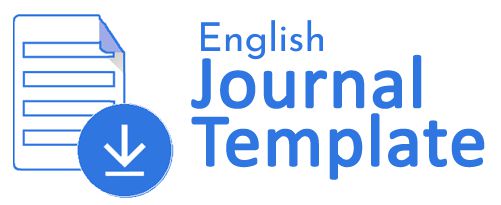SENTIMENT ANALYSIS OF MYPERTAMINA APPLICATION USING SUPPORT VECTOR MACHINE AND NAÏVE BAYES ALGORITHMS
DOI:
https://doi.org/10.34012/jurnalsisteminformasidanilmukomputer.v7i1.4078Abstract
In line with the needs of the community and the progress of the times in the advanced field of fintech, cash payments are currently considered insecure as well as ineffective and efficient. To run a non-cash or cashless transaction program currently run by the government, PT. Pertamina invites the public to use E-Payment from the My Pertamina application in collaboration with LinkAja. In this study, the sentiments of MyPertamina application users will be analyzed based on reviews on the Google Play Store. Review data will be analyzed to determine whether the review has positive, negative, or neutral sentiments. The data analysis stage is text preprocessing to change uppercase to lowercase, clearing text, separating text, taking important words, changing essential words, and labeling data into positive, negative, and neutral classes. As well as the classification and evaluation of results. This study used the Support Vector Machine (SVM) and Naïve Bayes classification methods. To evaluate the results, the confusion matrix was used to test the accuracy, precision, recall, and F1 score value. The classification results obtained the highest accuracy value for the Support Vector Machine (SVM) method, which had accuracy (68.50%), precision (70.00%), recall (69.70%), and F1 score (68.46%). Meanwhile, the Naïve Bayes method has performance with accuracy (63.00%), precision (63.90%), recall (61.34%), and F1 score (59.55%).
Downloads
Published
How to Cite
Issue
Section
License
Copyright (c) 2023 Ongki Sopie Simbolon, Murni Esterlita Manullang, Stevin Alvarez, Lolo Frans M. Brutu, Evta Indra

This work is licensed under a Creative Commons Attribution-ShareAlike 4.0 International License.
Authors who publish their manuscripts through the Journal of Information Systems and Computer Science agree to the following:
- Copyright to the manuscripts of scientific papers in this Journal is held by the author.
- The author surrenders the rights when first publishing the manuscript of his scientific work and simultaneously the author grants permission / license by referring to the Creative Commons Attribution-ShareAlike 4.0 International License to other parties to distribute his scientific work while still giving credit to the author and the Journal of Information Systems and Computer Science as the first publication medium for the work.
- Matters relating to the non-exclusivity of the distribution of the Journal that publishes the author's scientific work can be agreed separately (for example: requests to place the work in the library of an institution or publish it as a book) with the author as one of the parties to the agreement and with credit to sJournal of Information Systems and Computer Science as the first publication medium for the work in question.
- Authors can and are expected to publish their work online (e.g. in a Repository or on their Organization's/Institution's website) before and during the manuscript submission process, as such efforts can increase citation exchange earlier and with a wider scope.














